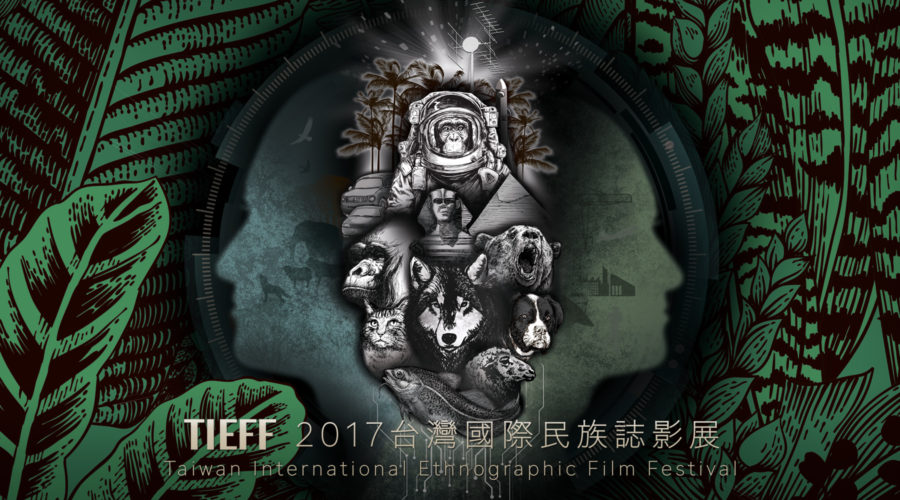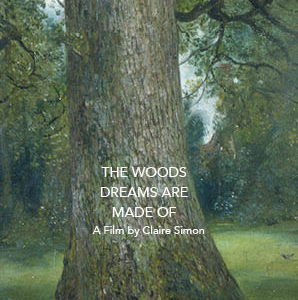In his 1983 novel Crystal Boys 《孽子》Pai Hsien-Yong 白先勇 described Taipei’s New Park as “our hidden kingdom in darkness” 「我們黑暗王國」— at night, with the gates shut, this real space behind walls somehow became a fantasy land of imagined freedoms that could not be entertained, let alone realized, in daylight. Claire Simon’s The Woods Dreams are Made of explores a year in the life of what Simon calls an “accessible form of Paradise Lost,” an urban woods in which various dreams and life projects can take root. As in Pai’s work, the film provides an occasion for us to consider the relationship between space and urban subjectivity.
Simon depicts the Bois de Vincennes as a magnanimous and surprising character, whose changes throughout the seasons and ability to befriend nearly every urban denizen in need of respite give the woods a universal character. Within the woods, we will find tired nannies resting their feet, one eye still on the stroller, as well as tireless cyclists racing about a track (not to mention the exhibitionists itching to flash the cyclists as they pass). The woods will play host to everyone who comes here. A grandmother–you might call her homeless, but it’s not so clear cut–explains how she arranges her life to remain in her tent hidden within the woods, evading intervention of welfare agencies. She prepares for a visit from her grandchildren, who will see her soon, if her encampment is not discovered and removed by park wardens. If she comes to the woods for freedom, others see it as a place of challenge and work. Sex workers wait in the woods for clients. Sport fishermen show off the catch before releasing it. Some who come here celebrate. Others rest. For everyone, the Bois de Vincennes exists within the city, but somehow persists outside. Even as a place of trade, it traffics in dreams. It is both part of the normally expected urban infrastructure and radically other. Like other heterotopias, the woods present us with a paradox. They are a place to escape urban life but also recreate it, both in the diverse texture of park visitors (not to mention those who might not visit), and in the sense that the park functions to maintain urban spatial and class distinctions: Paradise Planned? Does the park ever really deliver on its promise for escape? Let our questions fall silent among the snow covered pathways. Spring will return soon, the cyclists and the exhibitionists await its promise.
The Bois de Vincennes appears as character in the film. Yet Simon is also a skillful interviewer, who allows visitors to the park to describe their relationship to the woods, telling us how their visits connect to the wider fabric of their lives. Although the film never takes us away from the park, we get a sense of the worlds to which the visitors return, some refreshed, others with anxiety. The film also gives us a sense of the woods’ history and fragility. The Bois de Vincennes became a public resource as the result of historical coincidences, they have housed several facilities including a university, and they require a great deal of work to maintain. What is at stake in public investment in this communal escape from the city?
In asking these questions, Simon gives us space to think about urban space more broadly. Those of us old enough to remember that the 2/28 Peace Park was once New Park may also recall Pai Hsien-Yong’s “kingdom in darkness.” Today a light show fountain plays nearby the lotus pond. From the 1960s until the late 1990s, this space was a hidden–but widely known–rendezvous for gay men. Removal of park walls and the creation of the 2/28 Memorial provided public goods. Nonetheless, we might ask what possibilities and histories have been lost as the park changed designations. If places are not just given, but practiced, we could also ask, along with a man cruising the woods in Simon’s film, what kinds of relationships–to other people, nature, and place–are lost when chat and hookup apps displace the practices of ambling, watching, and waiting that once defined a park. Should there be some indication of New Park’s former life? Does a Taiwan which now congratulates itself on its progressive approach to LGBTQ rights still want to remember this hidden kingdom? Do Taiwanese LGBTQ people themselves?
The Woods Dreams are Made of provokes us to discuss the history of urban green spaces, some of which housed communities that have since been demolished and forgotten. The history of the Bois de Vincennes–from royal hunting preserve and palace lands, to military training ground, and finally public park–differs greatly from Taipei’s parks. However, after viewing Simon’s film we might wish to come to terms with the ways that Taipei’s parks have required urban spaces to be “repurposed” or “redeveloped.” What kinds of practices of urban planning, consumption, real estate, and recreation have produced the Taipei we see today? Is there still space in this Taipei for the kind of freedom Simon’s film suggests? Is this freedom purchased with the marginalization of communities that once lived on the grounds of Da An Forest Park and other urban oases? To ask these questions is not to doubt the value of urban green spaces. Rather, Simon’s film encourages us to understand more clearly how we might adjudicate among competing values as we attempt to build a more open and verdant city.
More than posing questions, Simon’s poetic and multivocal film is an invitation to dream along with the woods. Replete with humour and a sense for the varied coincidences that enrich urban life, The Woods Dreams are Made of will encourage those who watch it to be curious about the lives of those they see running the track around Da An Forest Park and to appreciate the work needed to maintain such fragile urban green spaces. Yet–and most importantly–we might dream along with the Bois de Vincennes about a city whose arms are large enough to house all of us.

